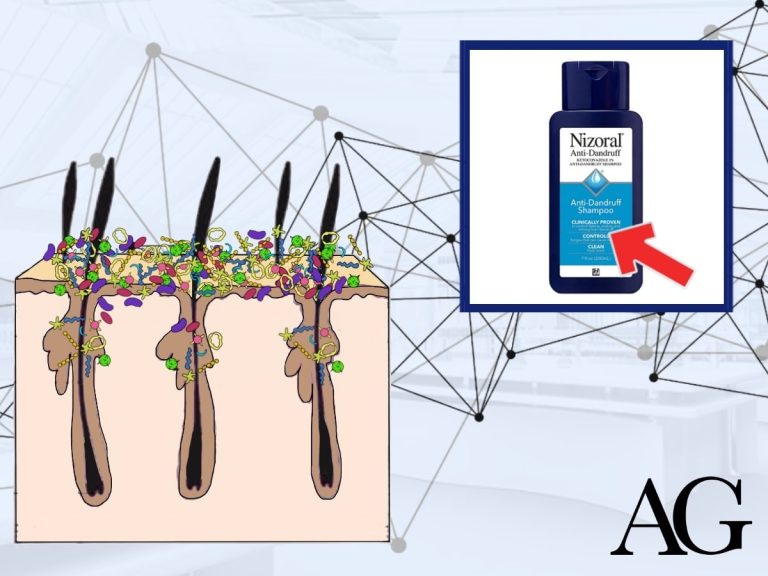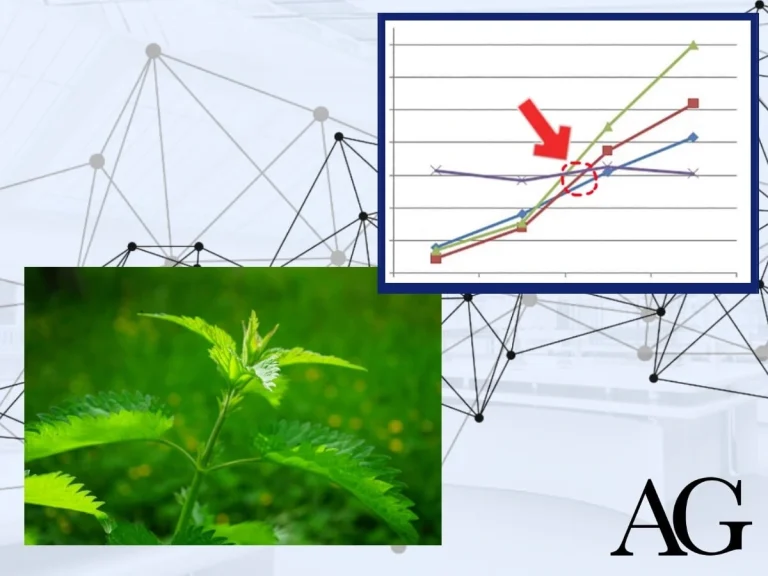A hair follicle is a masterpiece. Much like Rachmaninoff’s Third, the Eiffel Tower, the pyramids of giza and Beeple’s NFTs, the human hair follicle is comprised by a number of components that work together to give us those luscious locks we care so much about.

Germinal Matrix
The germinal matrix (or just ‘matrix’) is an area overlying dermal papilla that holds a large number of actively dividing cells. The proliferation of these matrix cells (cell division via mitosis) is literally how hair grows. As the cells multiply, the cells stick together and harden as they are pushed upwards.
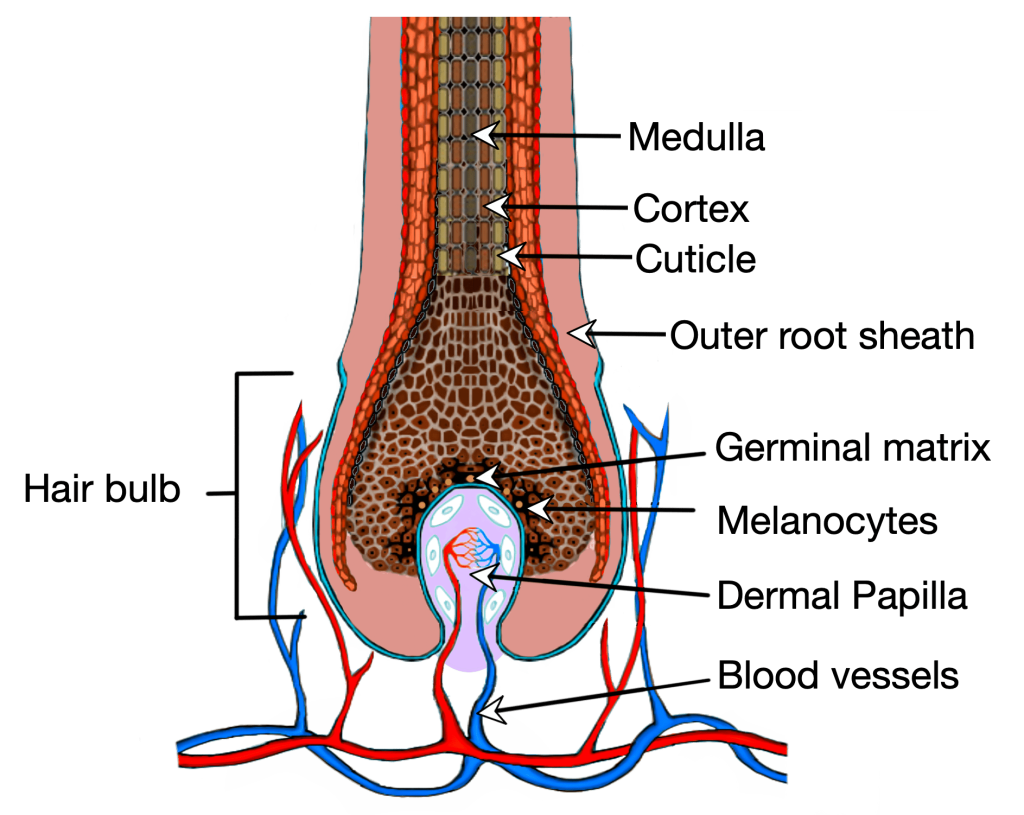
Healthy and abundant proliferation of the matrix cells which then compose the hair strand is dependent on the dermal papilla providing sufficient nutrient and oxygen delivery by providing sufficient blood flow to the area.
Dermal papilla
The dermal papilla is a highly vascular tear-shaped pod which sits at the very base of the hair follicle. The papilla contains many blood vessels and interacts with the matrix to provide it with all the building blocks required for hair growth. These building blocks include oxygen and micronutrients like iron, vitamin A, vitamin D and biotin.
In essence, the dermal papilla ensures the matrix cells are happy and fully nourished.
The dermal papilla also plays a crucial role in regulating the hair cycle. You see, it is the dermal papilla that signals when the hair follicle should enter the catagen phase.
Together, the germinal matrix and the dermal papilla constitute the hair bulb1.
Arrector pilli muscle
The arrector pilli muscle is a small muscle connecting each hair follicle to the connective tissue of the basement membrane.
When the muscle contracts, the hair stands up straight, this is commonly known as ‘goose bumps’. The scientific term is ‘piloerection’ (yep, hairs can experience erections too!)

You’ll typically find one arrector pilli muscle assigned to each hair follicular unit (natural groupings or bundles of 1 – 4 hairs) instead of having a separate muscular unit for each strand1.
The contraction of the arrector pilli muscles is involuntary and is often a response to cold or emotional states like fear.
But why is this?
Piloerection as a response to cold makes sense as standing hairs can trap warm air close to the skin to help keep us warm.
There is a theory that says that piloerection as a response to fear is an involuntary response that was developed over the years to help our hairier primal ancestors look larger and more intimidating to potential predators whenever they felt threatened. I have not been able to verify this but its a cool theory and it kind of makes sense!
Finally, contraction and relaxation of the arrector pilli muscle can help the sebaceous gland propel sebum onto the hair by applying pressure onto it.
Sebaceous gland
The sebaceous glands are minute glands responsible for secreting sebum – an oily substance that lubricates the hair and skin. In a way, sebum is your body’s natural moisturiser. Oh, and it acts as a natural shield to protect you against UV radiation and environmental pollutants.
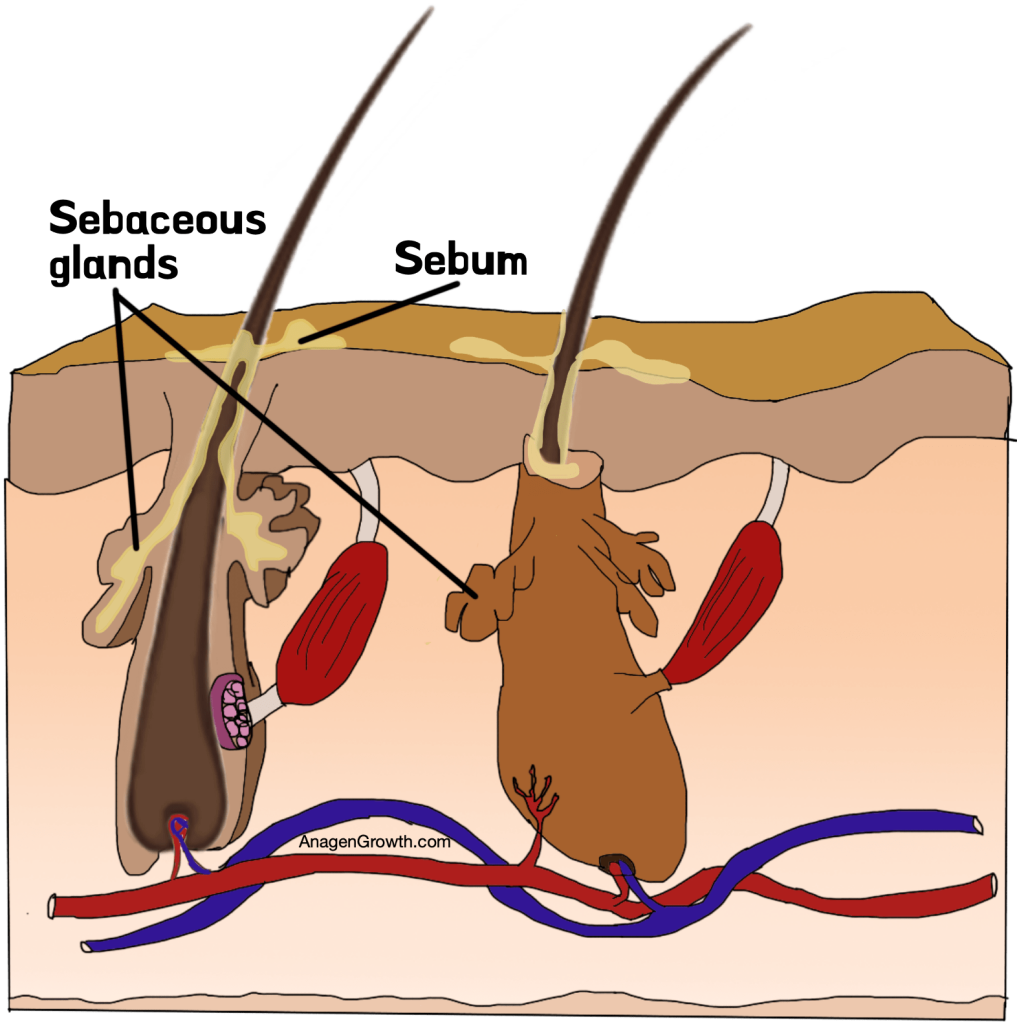
One or more glands can surround each hair follicle. The sebaceous gland along with the arrector pilli muscle and the hair follicle is known as the ‘pilosebaceous unit’ or ‘pilosebaceous apparatus’.
The sebaceous gland is thought to have increased activity during puberty, which can lead to acne.
Melanocytes
Melanocytes are cells located at the base of the hair bulb. These cells produce and secrete a pigment called melanin – this is what gives hair its colour.

Melanocyte stem cells located in the hair stem cell bulge differentiate into melanocyte cells as the hair follicle regenerates and initiates a new growth phase.
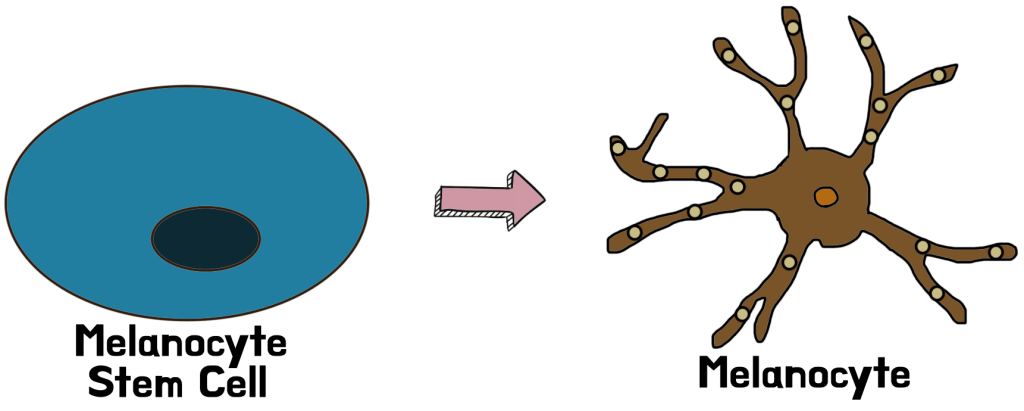
Melanin comes in two forms: eumelanin and pheomelanin. Melanocytes typically produce both types of melanin but those with greater quantities of eumelanin tend to have darker shades of hair like brown or black. On the other hand, when melanocytes produce an abundance of pheomelanin, hairs obtain a red or yellow colour.

The combination of both types of melanin is what determines the shade of your hair colour! Other than providing pigment, melanin acts as a natural sun block by protecting the hair from exposure to UV.
During the hair’s anagen phase, melanocytes produce melanin (coloured pigment) and coats this onto the growing hair shaft by transferring the pigment into the keratinocyte cells (hair shaft cells)

Root hair plexus
The root hair plexus is a group of nerve fibre endings found around the base of the hair follicle. When your hair strands experience mechanical stimulation (for example, from a gust of wind or an unwelcome insect landing of your hair), these nerves get triggered and send a signal to the brain to make you aware of this stimulus.
Hair shaft
Medulla
The medulla is the innermost layer of the hair shaft. It is made up of large cells that have little or no pigment. What’s interesting is that not all hairs have a medulla in its centre. Fine and blonde hairs typically have no medulla.
The medulla influences the hair shaft’s overall mechanical properties like strength and elasticity.
The cortex is the middle layer in the hair shaft, between the medulla and the cuticle. The cortex has the greatest influence on the shaft’s mechanical properties as it is the largest and thickest layer.
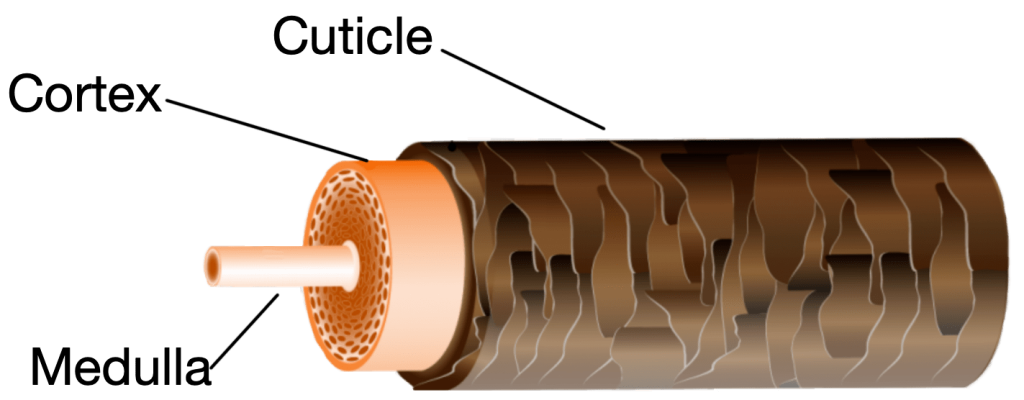
Cortex
The cortex also plays an essential role in maintaining the hair’s water balance. It contains a large amount of water-binding proteins, which help to keep the hair hydrated and prevent it from becoming dry and brittle.
Cuticle
Lastly, we have the cuticle. The cuticle is the outermost layer of the shaft. The cells in this layer overlap each other, kind of like roof tiles laid over one another. These cells are made up of a tough protein called keratin.
When the cuticle is healthy, the keratin cells lay flat over one another, reflecting incoming light and giving it a shiny appearance. A healthy cuticle is also able to keep the hair’s natural oils inside the shaft, keeping it hydrated and firm.
On the other hand, a damaged cuticle will often have cells layered unevenly, with the ends peeling off outwardly. This reduces the hair’s moisture retention and make the hair brittle.
The cuticle can become damaged with excessive heat, chemical treatments, harsh shampoos, severe pollution, excessive exposure to UV rays etc.

